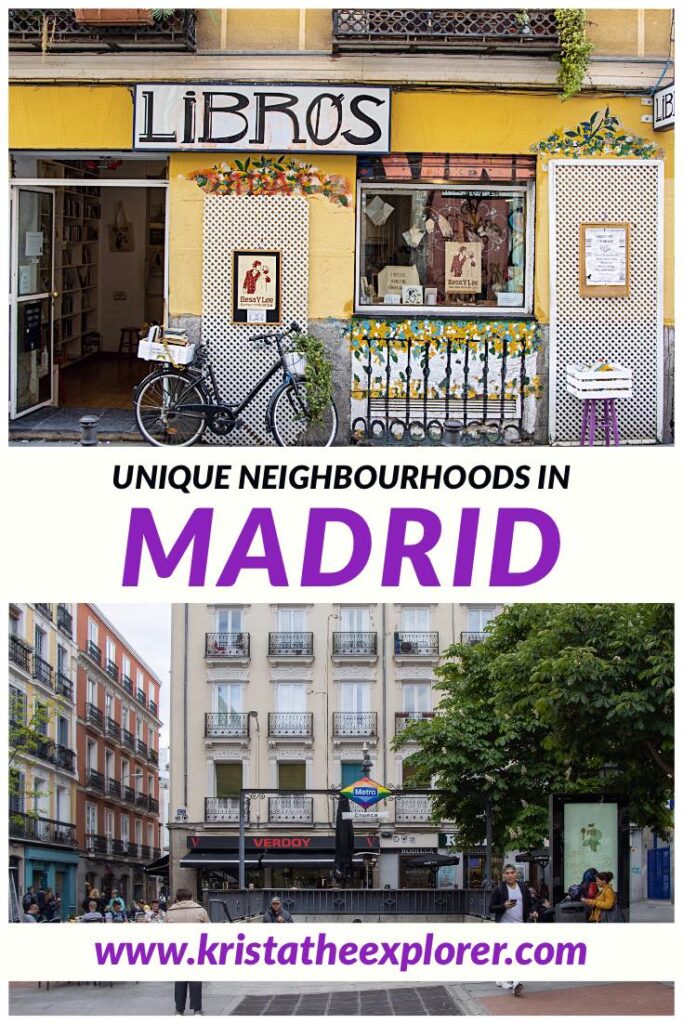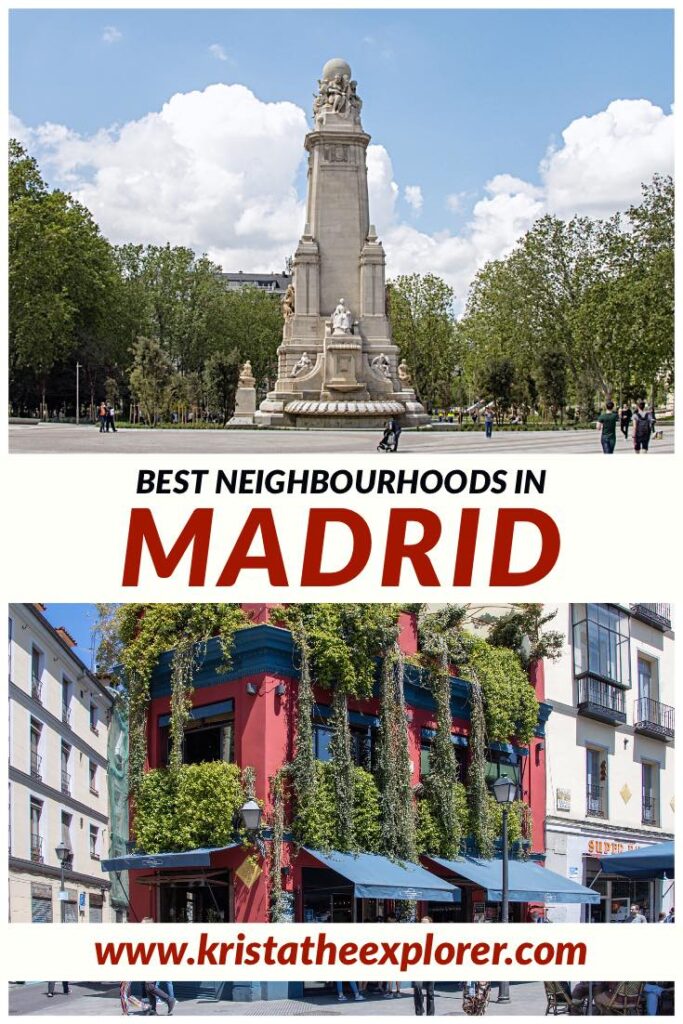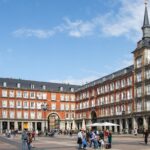Madrid is a beautiful city in Spain, packed with a unique blend of modern and historic buildings. It’s unlike any other city in Europe. But despite there being so many unique things to do in Madrid, it’s often overlooked by tourists in favour of cities such as Barcelona, Seville, and Granada. World-class museums, bustling nightlife, historical attractions, and incredible markets are just some of the many reasons why the different neighbourhoods in Madrid should be explored.
There are plenty of unique neighbourhoods in Madrid to visit. Some of these are sadly missed by visitors who only have enough time to see the city’s main attractions. The heart of Madrid’s city centre is known as Centro, where points of interest such as Gran Via and the stunning Royal Palace are located. But beyond that, branching off of Centro, are a number of incredible neighbourhoods in Madrid, each with their own charm and reasons for visiting. If you’re spending more than a day in Madrid, you definitely won’t be disappointed by adding one of these areas in Madrid to your itinerary.
Neighbourhoods in Madrid
Malasaña
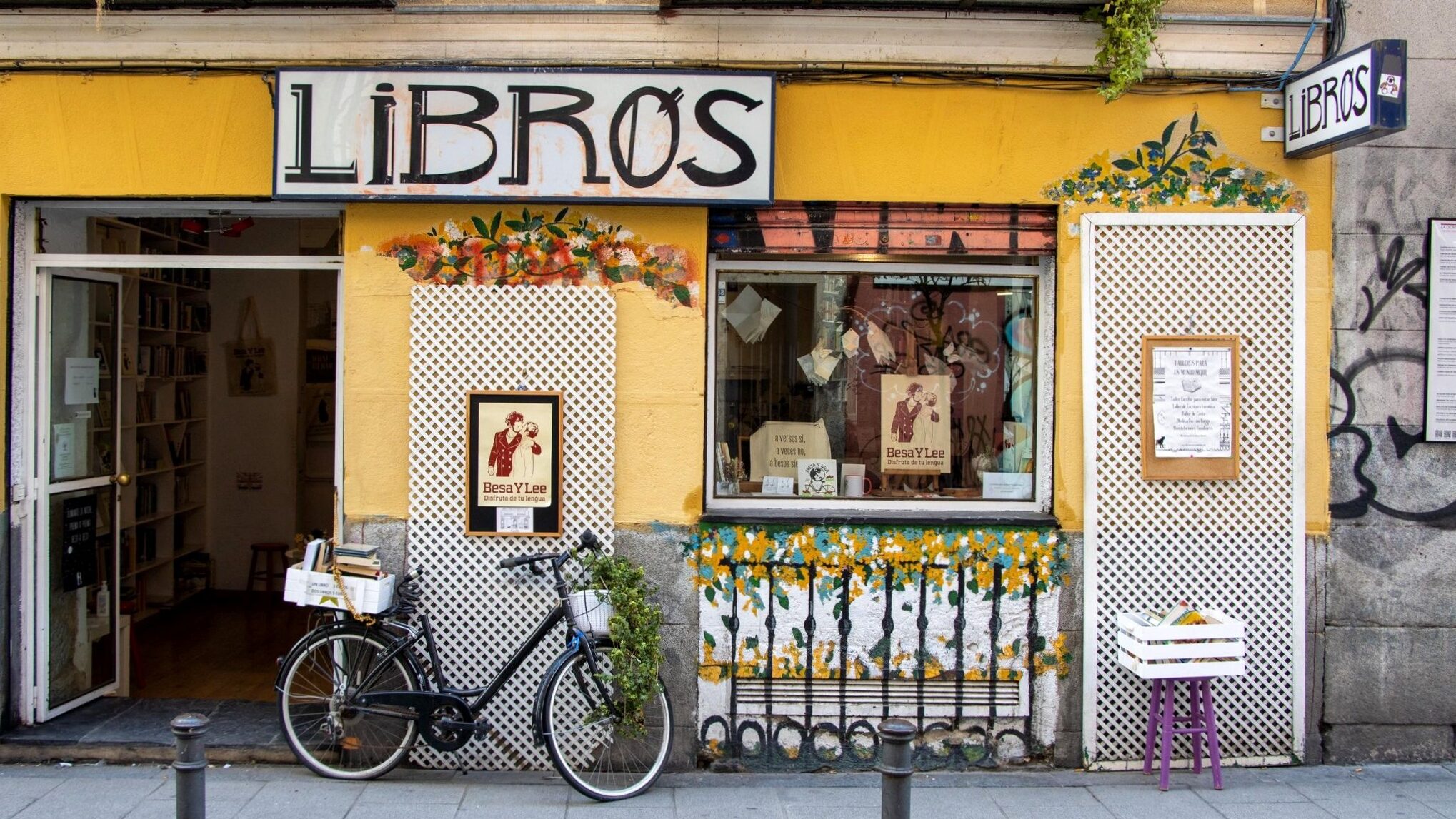
One of the most popular neighbourhoods in Madrid for people of all ages is Malasaña. It’s located a short walk from Gran Via and is a great place to visit if you like artsy areas. In the 1980s, Malasaña was home to an underground movement that revolutionized Spanish art and culture. But, despite it being a relatively new area of the city, it’s not without its history.
The area played an important role in 1808 during the famous rebellion against Napoleon’s occupation, and today Plaza del Dos de Mayo is a reminder of that. If you’re looking for bookstores in Madrid, Libros para un Mundo Mejor is one of the most picturesque in the city and worth stopping by, if only for a quick photo.
Chueca
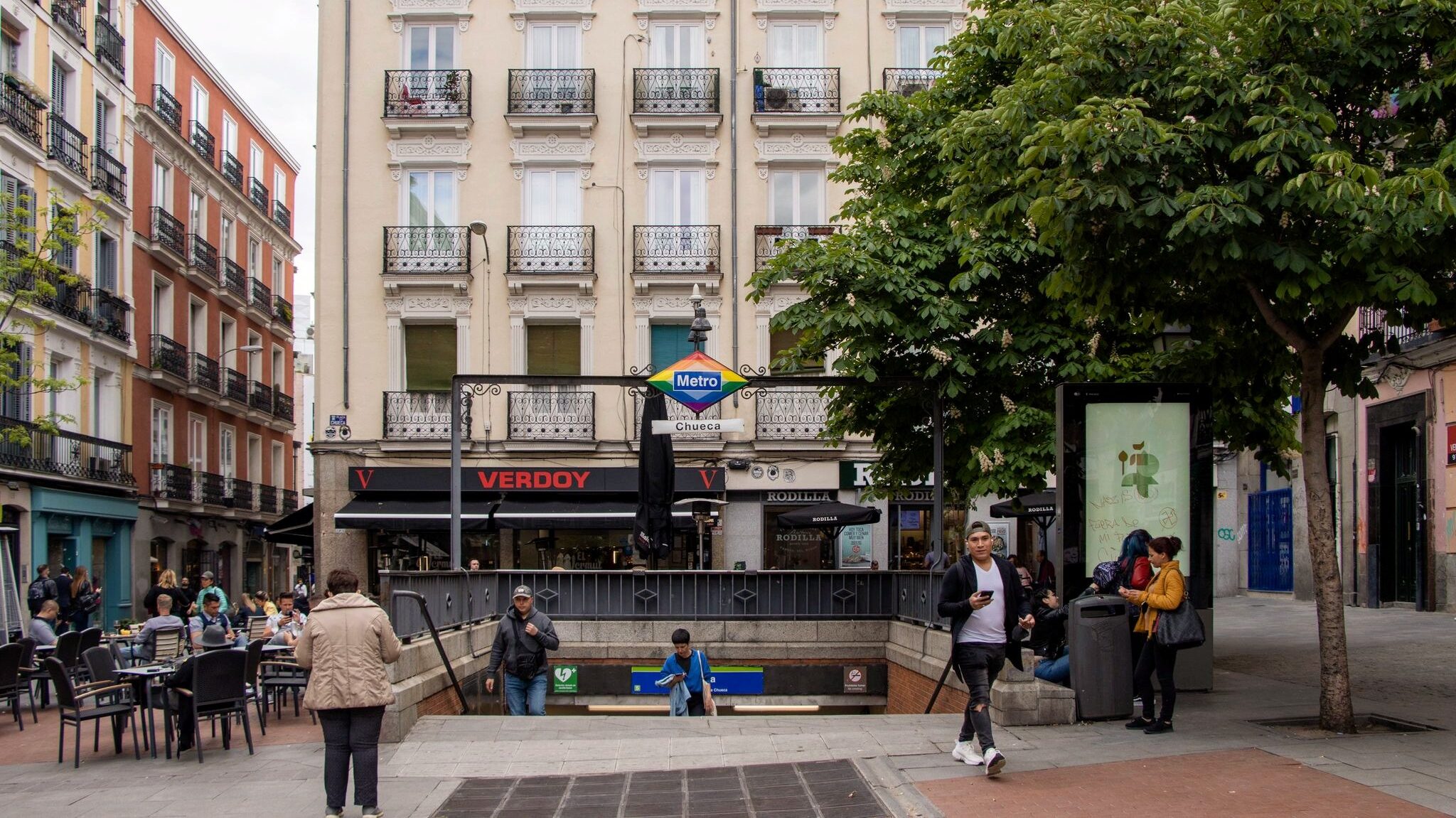
If you want to visit the best area in Madrid for nightlife, look no further than Chueca. But Chueca isn’t all about partying. This neighbourhood in Madrid boasts a few unique museums. This includes the Museum of Romanticism and the History Museum (one of the best free things to do in Madrid). It’s also the designated gay quarter in Madrid, so you can expect a lot of vibrant colours.
What I love most about this quarter in Madrid are the numerous artisan shops and cafes lining virtually every street, each with a unique storefront and decor that really catches your attention. It’s definitely one of the cool places to eat in Madrid, so you’ll have a lot of restaurants to choose from.
Where to eat in Chueca – PerretxiCo
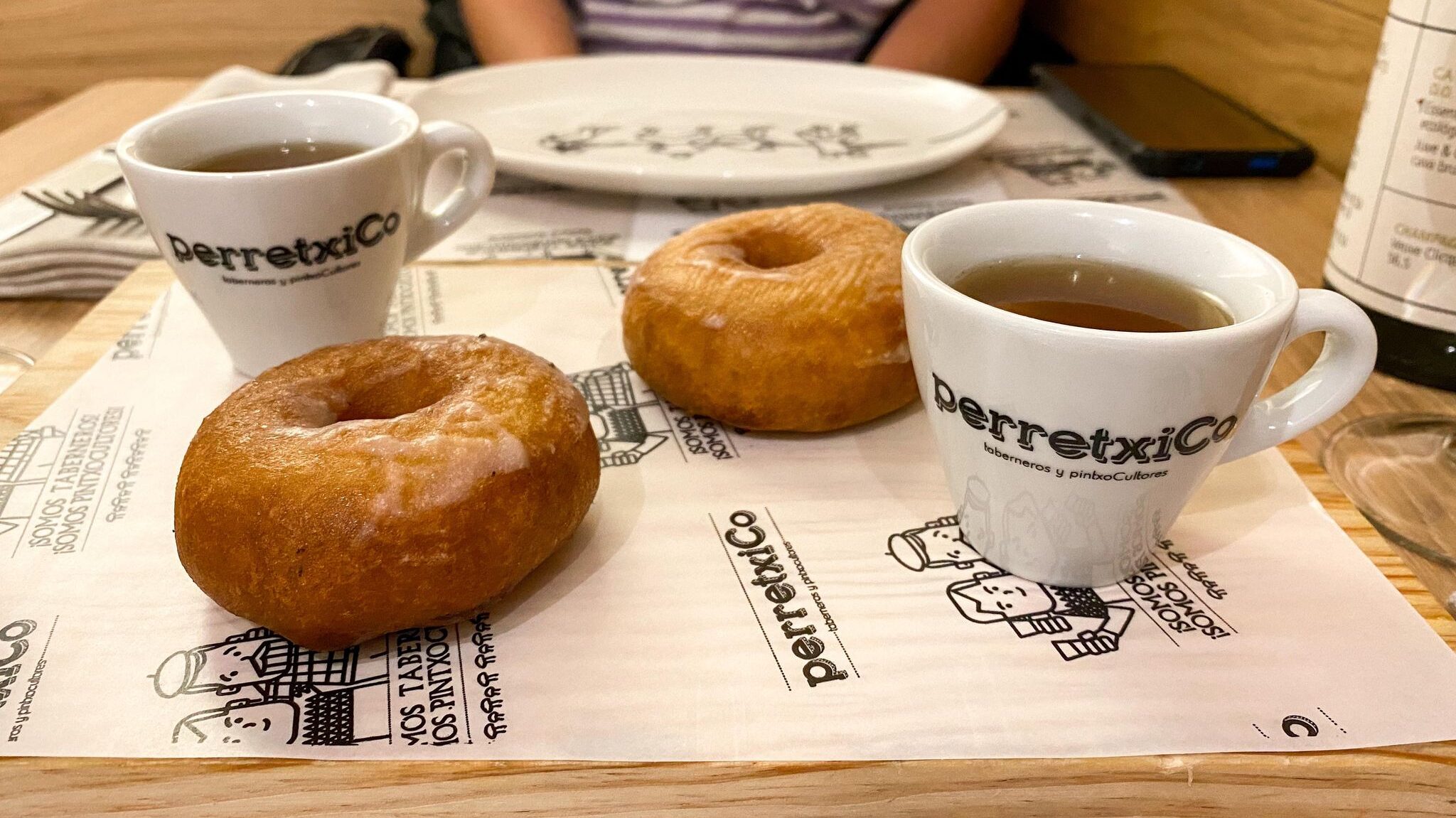
You can’t visit Madrid without visiting at least one tapas restaurant, which is why you need to dine at PerretxiCo. It’s located along Calle de Augusto Figueroa, not far from Chueca’s metro station, and boasts a unique menu offering a taste of the Basque country right in the heart of Madrid.
Many of their dishes have been up for awards in recent years, including their pintxos and famous cooked doughnuts (with meat inside). PerretxiCo has even found itself in the Michelin Guide, so you know the food is going to be great. We visited for dinner and ordered a selection of plates to share. My favourite was their delicious seasonal mushroom dish. You won’t leave hungry after eating at PerretxiCo, that’s for sure.
La Latina
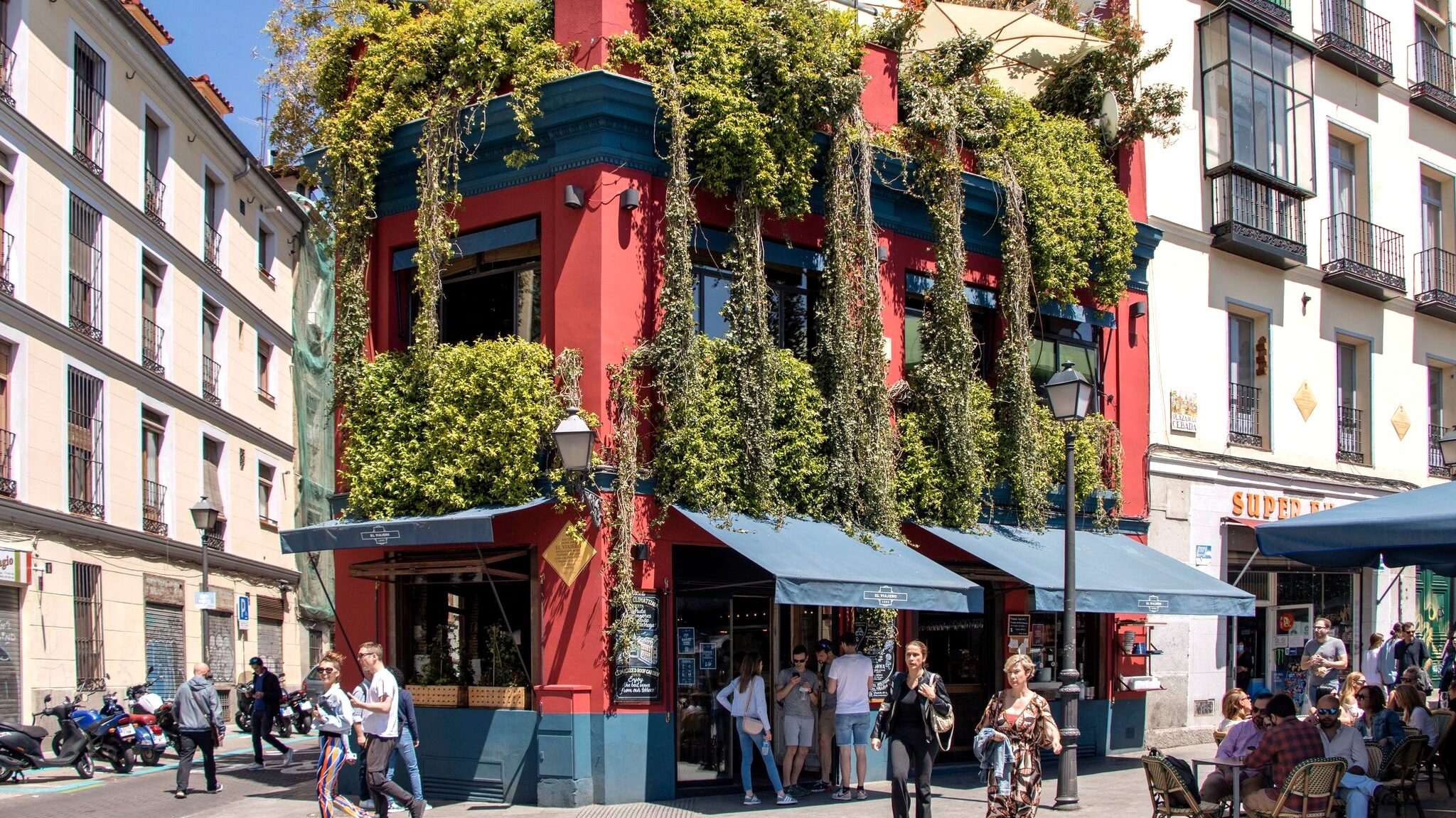
La Latina is one of the most authentic neighbourhoods in Madrid you can find. Its medieval streets twist and turn, presenting picturesque streets filled with tapas bars, beautiful plazas, and churches. It’s a big hit with locals and tourists alike.
It’s named after a 15th century female writer who was very skilled in Latin, and was also the tutor of Queen Isabella and her children. La Latina is home to Sobrino de Botin which is the world’s oldest restaurant, the Sunday market known as El Rastro, and the Basilica de San Francisco El Grande. At any time of the day you can expect this neighbourhood in Madrid to be packed with people sightseeing, eating, or hopping between the shops. Don’t forget to bring your camera, because there are a lot of Instagrammable places in Madrid here.
Where to eat in La Latina – La Divina Bohemia
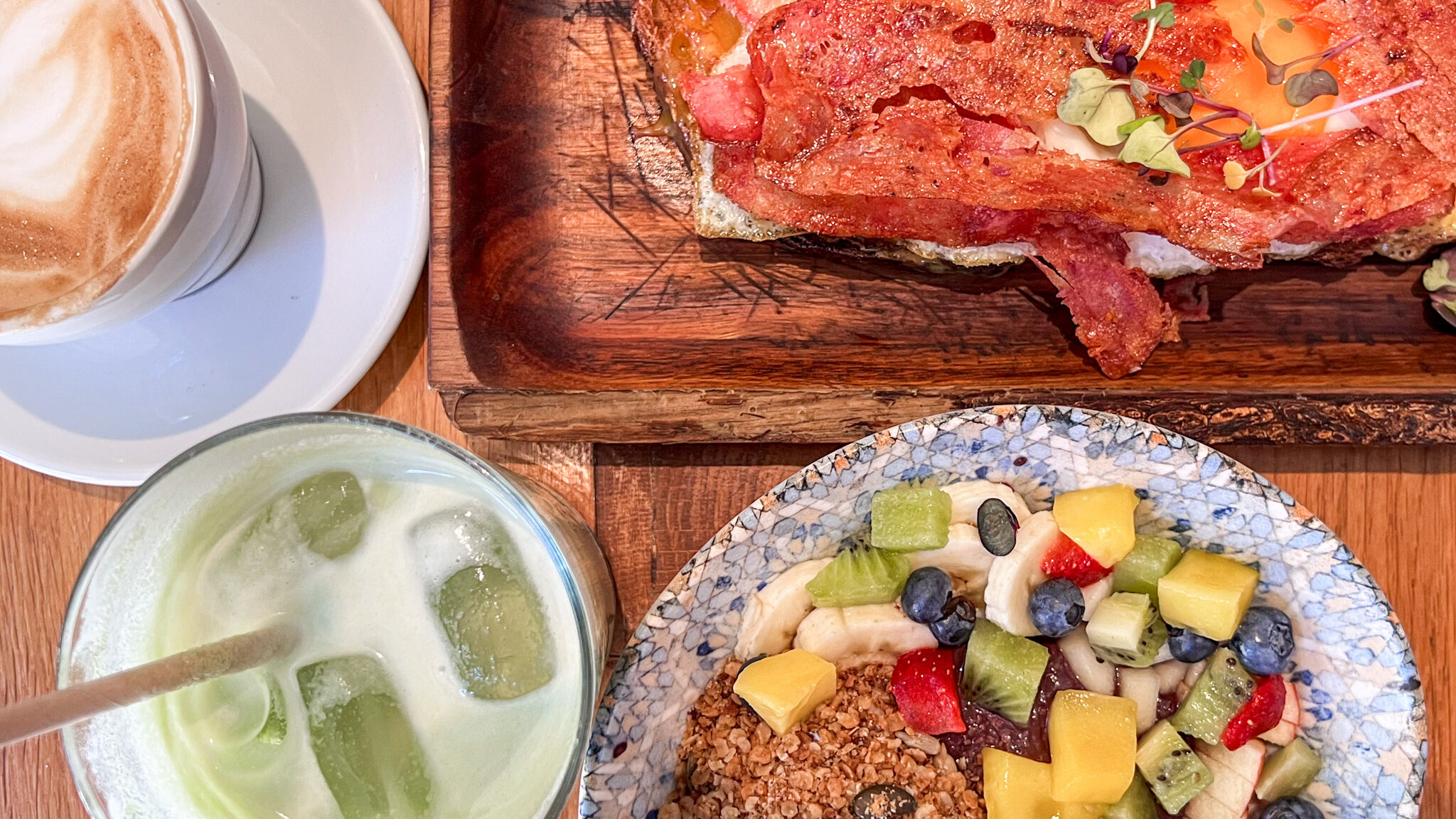
There are a lot of fantastic places to eat in La Latina. One place that you have to visit for breakfast is La Divina Bohemia. This restaurant is popular later in the day but we found that their breakfast menu was great too. The open-faced sandwiches are very nice, but I would avoid the acai bowl because the texture wasn’t how it should be. If you just fancy a coffee or latte, they have a good selection on their menu as well.
Where to eat in La Latina – Cafe del Art
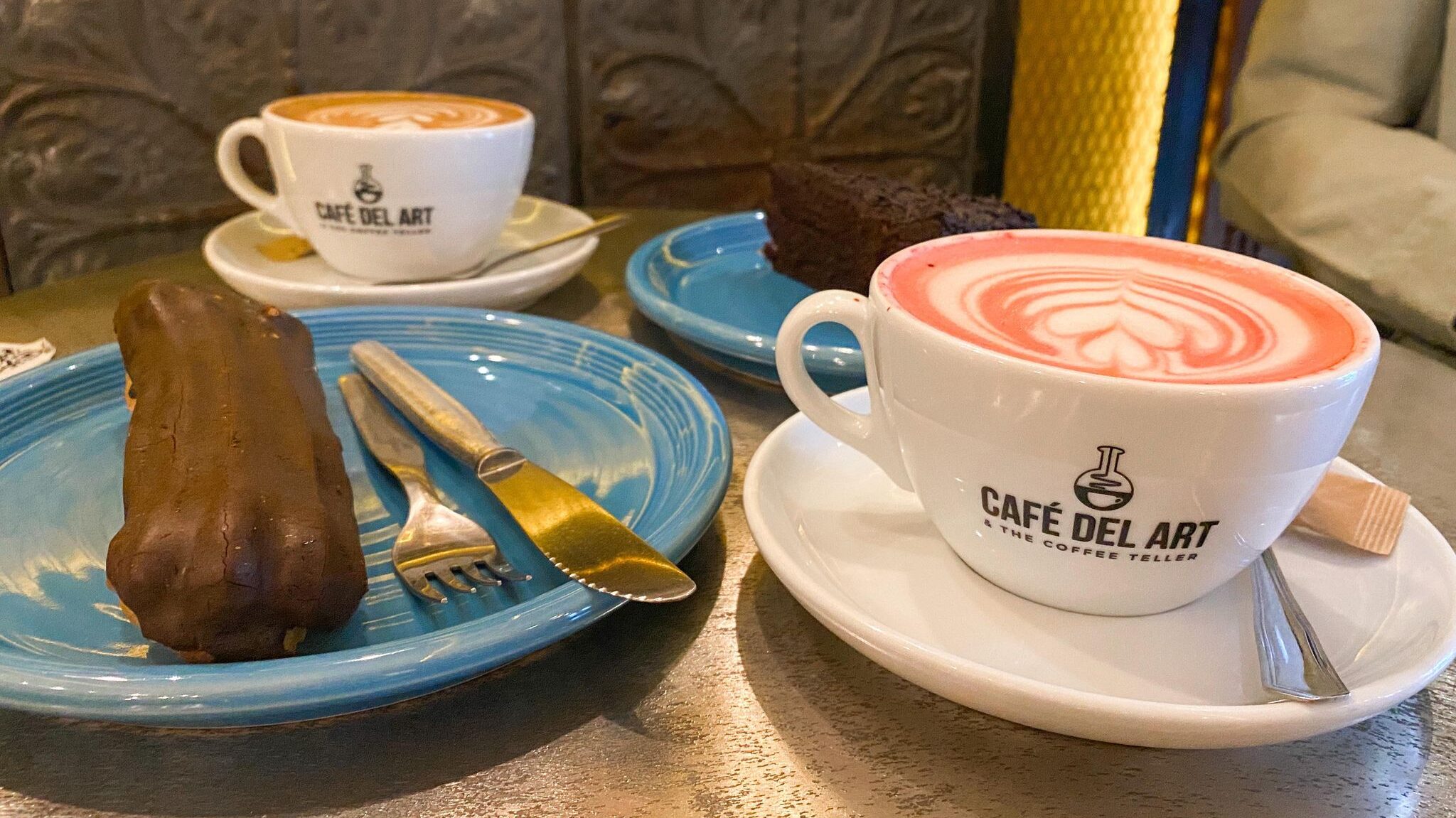
Looking for a unique cafe in La Latina? Cafe del Art is a modern coffee shop exploring a variety of new and exciting flavours of coffee using techniques you may not have seen before. We stopped by on our way to the Mutua Madrid Open after seeing their colourful latte designs on Instagram.
I’m not a coffee drinker, but I really wanted to try their beetroot latte. It had a milky flavour to it, which was nice for me since it wasn’t too strong. Cafe del Art also offers a selection of breakfast items as well as pastries which are nice to snack on if you’re in a rush. Take some time to appreciate the interior design before leaving – it’s stunning.
Barrio de Las Letras
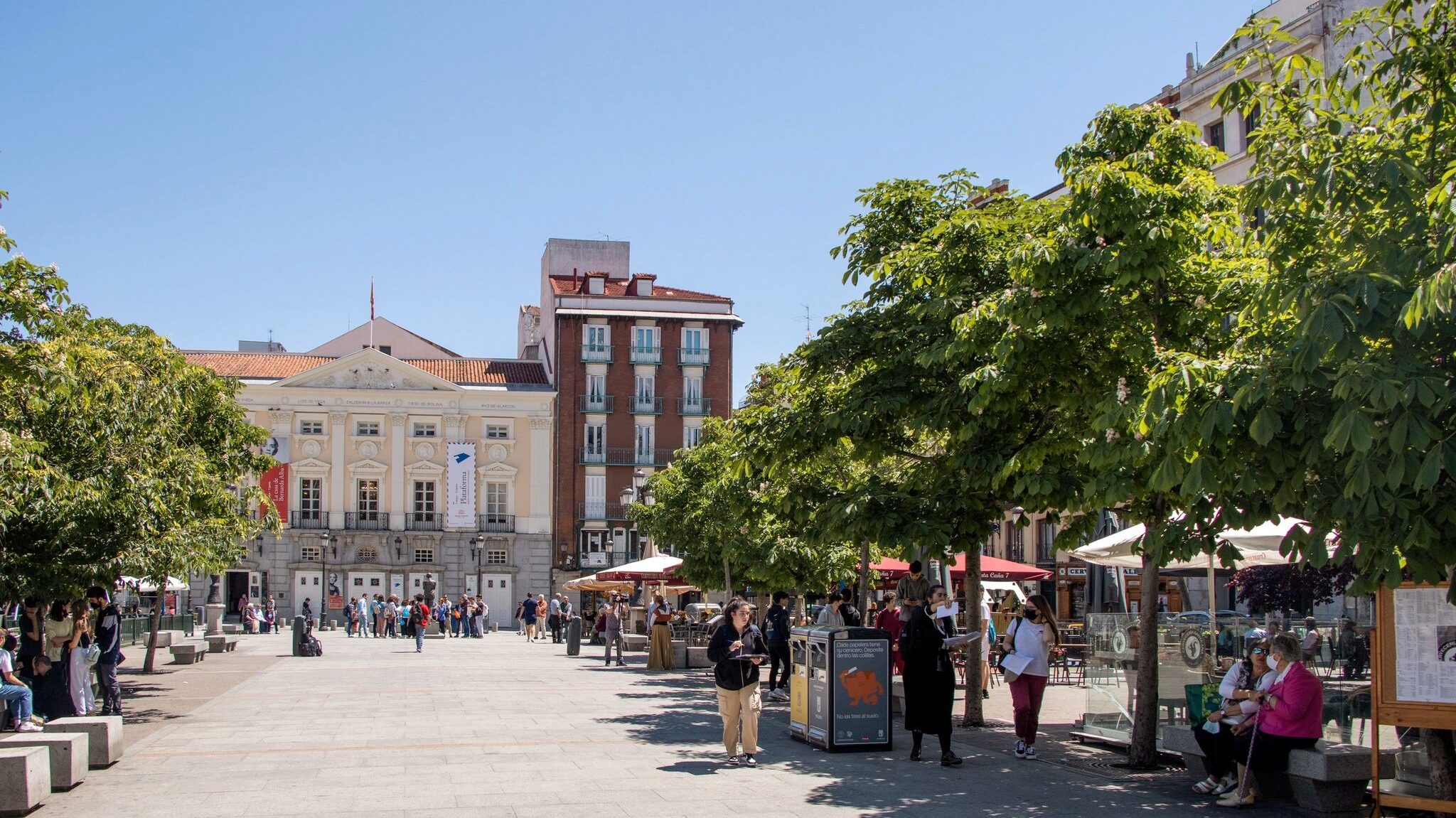
The Literary Quarter of Madrid is known as Barrio de Las Letras, and is where many writers, such as Cervantes and Hemingway, lived and frequented. Plaza de Santa Ana is one of the main attractions in this area. It was built in 1810 to help create an open space for the otherwise narrowly packed neighbourhood, and is now dominated by tapas bars and the famous Teatro Español.
If you have time during your trip to Madrid, this is a beautiful area to walk around when the weather is nice. You’ll also find that quite a few walking tours in Madrid will stop by here and provide you with a little bit of background about the area. Don’t forget to walk along Calle Huertas and read some verses on the pavement from famous writers who lived on the street.
Moncloa-Argüelles

Moncloa-Argüelles is the type of neighbourhood that many people walk through on their way to popular attractions, but don’t take the time to explore fully. It’s a relatively quiet area of Madrid which is mainly residential, and it’s close to both the university and the city centre.
The big attraction here is the Temple de Debod, which is an ancient Egyptian temple dating back to the 2nd century BC that was gifted to Spain. If you haven’t visited it before, you’ll definitely recognize it. You also can’t miss Plaza de España either which has a beautiful monument to Cervantes in it set against a backdrop of skyscrapers. Moncloa-Argüelles is one of the best neighbourhoods in Madrid to explore on foot, so get your walking shoes on.
There are many other unique neighbourhoods in Madrid to explore, such as the Retiro Park area, but these are just a few of my favourite ones. The great thing about Madrid is that it’s very easy to get from one location to another by metro. If you want some exercise it’s just as easy to walk between the different areas of Madrid as well. Wherever you go in this amazing city, you’re sure to see some fantastic historical attractions and get a taste of what Madrid’s all about.
Madrid has become more popular over the years, with its population hitting around 6,783,241 in 2024. This shows that many people love the city for its lively atmosphere, rich culture, and easy lifestyle. Homelike, a website where you can book rental apartments in Madrid, says this growing number of people living here points to a strong community and a rising need for places to stay that offer flexibility.
If you know of any other neighbourhoods in Madrid to visit, I’d love to hear about it in the comments below. We spent 5 days in Madrid and tried to see as many parts of it as possible, but we couldn’t see it all. Don’t forget, you can also follow my travels on Instagram too.
This post may contain affiliate links, which means I may earn a commission from the discount codes used or when a link/ad is clicked. All purchases made will come at no extra cost to you, and I only include products and services that I would personally recommend.
Pin this blog post for later!
